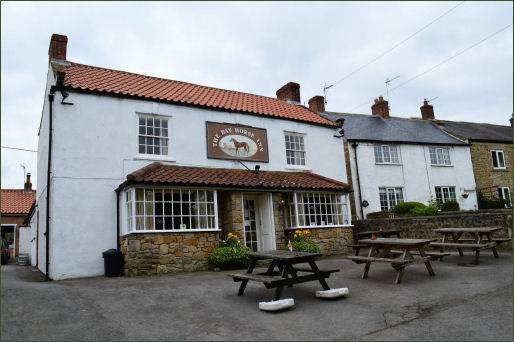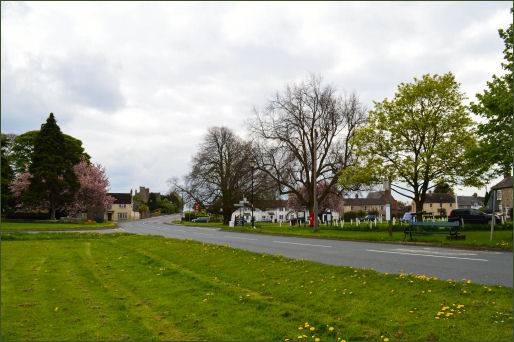Crakehall
OS grid reference:- SE 243 899
The village of Crakehall lies in the Hambleton district of North Yorkshire and is situated approximately 2 miles (3 km) west of the market town of Bedale. Crakehall has been described as the prettiest village of the lower Dales. The etymology of the name is made of the Old Norse word kráka meaning crow or raven and the Anglian word halh meaning a nook of land. Kráka could also have been the given name of an individual.
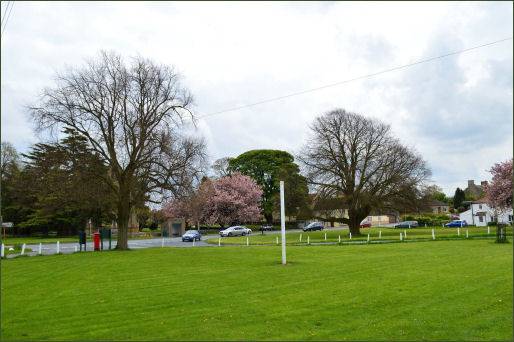
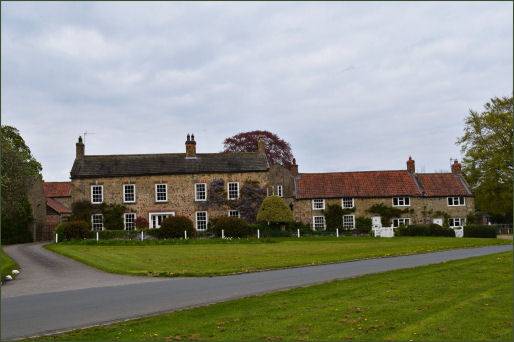
The village is mentioned in the Domesday Book, where it is referred to as 'Crachele'. It formed part of the manor of Masham. The manor lands were split between Gilli and Ulfkil prior to the Norman conquest. After 1086 the manor was tenanted to two men-at-arms of the household of Count Alan of Brittany. The line of descent for the manor follows that of Ribald of Middleham, whose main tenants were named 'Crakehall', until 1624. From then it was granted by the Crown to Edward and Robert Ramsay until they granted it to John Heath and John White around 1658. Records thereafter are unclear until mention of the manor being in the possession of the Place family in the early eighteenth century. From 1732 to 1810 the manor was passed from Henry Goddard via Mary Turner, Watson Bowman and Anthony Hardolph Eyre to Henry Pulleine. Pulleine's grandadughter, Lady Cowell, inherited in the late nineteenth century.
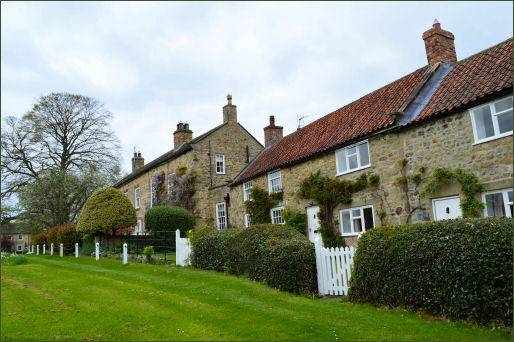
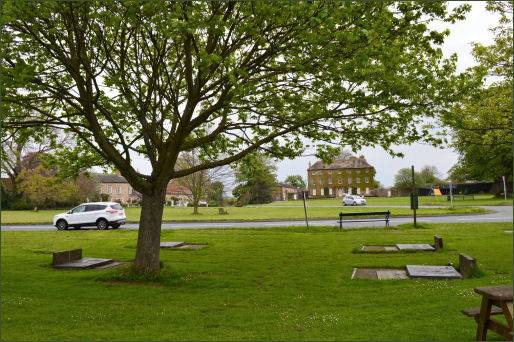
That part of the manor that was in Little Crakehall was held by the 'Crakehall' Family until the fourteenth century and it eventually passed to Christopher Conyers of Hornby whose descent it followed thereafter. A seventeenth century corn mill stands on Bedale Beck, a mill was recorded at Little Crakehall in the Domesday Survey of 1086. The present was once owned by the influential Neville family of Middleham Castle. The mill closed in 1930 and lay derelict until it was restored in 1980. It is open to the public in the summer months.
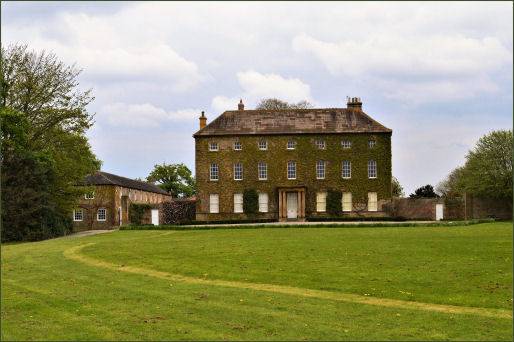
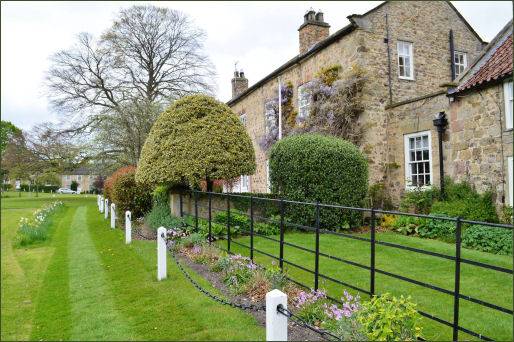
Georgian Crakehall Hall (pictured above left), dates to 1732, the entrance porch with its two pairs of Roman Doric columns and fluted frieze was added in the eighteenth century. The grade II listed building overlooks the attractive 5-acre well manicured village green with its huge sycamores and handsome lime trees. Crakehall Hall was once the country seat of the Duke of Leeds. Many of the cottages which edge the green date back to the eighteenth century. The green hosts both cricket matches and quoits. The village church, Saint Gregory's, stands on The Green, is set in a small churchyard and was built in 1839.
